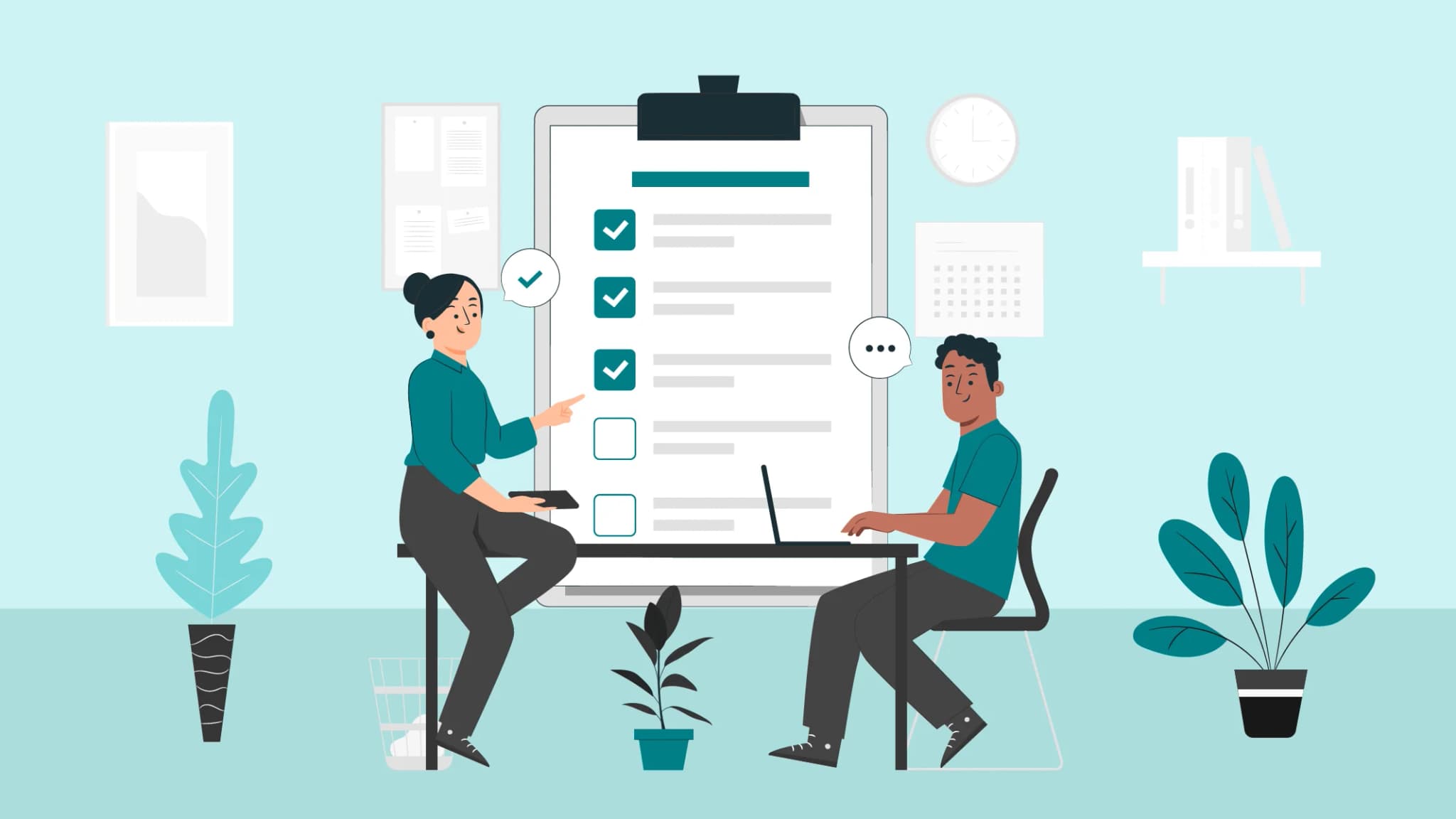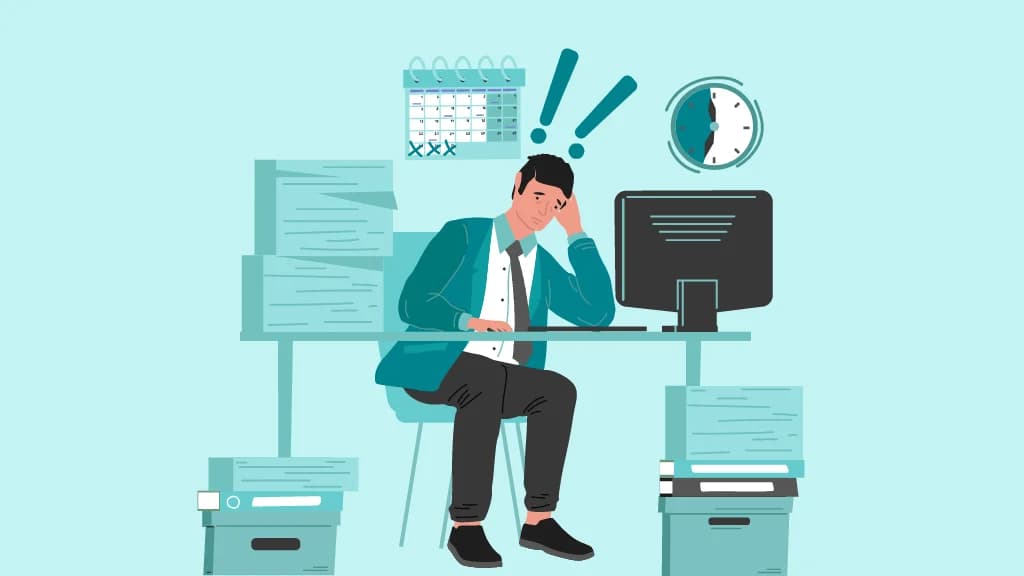
Team AdvantageClub.ai
August 11, 2025

Recognition is the greatest motivator, said Gerard C. Eakedale. In today’s business world, saying “thank you” isn’t enough. Recognition must be strategic, consistent, and meaningful. A well-designed recognition program does more than just give out awards; it helps build trust, show appreciation, and boost happiness and motivation in your team. A study by Oxford University’s Saïd Business School found that employees who report higher levels of happiness are 13% more productive than their less content counterparts
When recognition is neglected, the impact is clear: low morale, increased turnover, and reduced productivity. In a survey, 82% of working Americans felt their seniors did not show enough appreciation for their hard work. This lack of appreciation hurts their morale, makes their work feel less valuable, and affects profits. Another important fact was that 40% of working Americans said they would feel more driven to work harder if recognized more often.
This guide will take you through the steps to build and implement a productive employee rewards and recognition program that truly connects with your employees. Use the useful insights here to help create a motivated, loyal, and hard-working team.
What Is An Employee Recognition Program?
An employee recognition program is a carefully designed system that acknowledges and rewards employees for their contributions, positive behaviors, and achievements that align with the company’s goals. The program helps create a positive work atmosphere. When employees feel valued, they feel happier, and a happier workforce can help the whole organization perform better.
Formal Acknowledgment: This is about giving out awards in a structured way. Formal Recognition involves company-wide or department-level awards for significant accomplishments. These awards celebrate individual achievements and inspire others to do well, too.
Informal Acknowledgment: This includes more spontaneous, day-to-day acknowledgments, both public and private, for contributions and milestones. A simple thank-you note or a mention in a meeting can lift morale and reinforce positive behaviors.
Peer-to-Peer Acknowledgment: When employees recognize and appreciate each other’s efforts, it helps create teamwork and mutual respect. Programs that allow employees to celebrate their coworkers’ achievements make this practice a common part of their work life.
An employee recognition program can combine these elements to boost morale and raise productivity. Implementing the program is not just about praising hard work; it is about creating a strong foundation for lasting achievements.
How to Build a Successful Employee Recognition Program

Step 1: Define Objectives and Goals
Step 2: Involve Employees in Program Design
Step 3: Choose Recognition Methods and Rewards
Picking the right mix of recognition methods and rewards is important for your program’s success. A diverse range of options helps meet many preferences. Incorporate a mix of formal recognition, such as annual awards, and informal Recognition, like spontaneous praise. Recognizing peers is also important for creating a friendly workplace.
When it comes to rewards, balance tangible options like gift cards and bonuses with intangible rewards such as professional development opportunities and flexible work times. Experiential rewards create good memories and bring the team closer, strengthening team bonds and morale.
Step 4: Develop a Program Structure
Step 5: Implement the Program
Step 6: Monitor and Evaluate the Program
Step 7: Promote and Sustain the Program
The efficacy of your recognition program depends on how often you promote it and get people involved. Share positive stories of employees and showcase their efforts, dedication, and impact. Celebrate special events and triumphs to create a culture of appreciation.
Encouraging open conversations and getting feedback from employees will help you improve the program. By integrating Recognition into daily operations and placing it at the core of your company’s values, you can keep the excitement going and create a strong community among your team.
Measuring Success of Your Employee R and R Program
To engage and retain top personnel in today’s fast-paced corporate world, you need a well-designed Employee Recognition and Rewards Program (ERRP). But how do you know whether your program is actually working? The trick is to measure carefully and improve continuously. Let’s look at how you can make sure your program hits the mark and continues to improve.
Strategic Measurement and Analysis
Data-Driven Decisions
To understand how your ERRP is performing, let the data guide you. Here are some areas to focus on:
- Employee Engagement: To have a better understanding of how employees feel, conduct engagement surveys. Ask questions such as, “Do you feel recognized for your contributions?”. These insights help you identify areas for improvement.
- Performance Metrics: Is your program boosting productivity or improving job satisfaction? Such metrics indicate how recognition affects organizational achievement. For example, are employees encouraged to exceed expectations after receiving recognition?
- Turnover Rates: A successful program is frequently associated with lesser turnover. Track how many employees opt to stay with your organization, and you’ll see how recognition influences retention.
- Recognition Frequency: How often are employees recognized? Consistency is important—regular acknowledgments promote a sense of value and belonging.
Participation and Involvement
Recognition isn’t just about being on the receiving end; active participation tells you a lot about your program’s reach.
- Participation Levels:
Are employees nominating peers, or are managers using the system effectively? High participation rates show that your program resonates with your team.
Tools and Techniques for Effective Monitoring
Technological Solutions
Technology can make measuring success effortless.
- Recognition Software:
Digital Recognition Platforms like AdvanatageClub.ai make it easier to track nominations, awards, and engagement. They provide real-time information on your program’s performance. - HR Management Systems (HRMS):
Platforms can integrate program data with broader HR metrics, offering a holistic view of participation and employee satisfaction.
Visual and Analytical Tools
Clear visualizations and thorough analysis make your data come to life.
- Data Analytics:
Analyzing trends might suggest areas for improvement. For example, if some teams receive fewer recognitions, tailored efforts can help close the difference. - Visual Dashboards:
A digital dashboard that displays trends and critical indicators, such as recognition frequency or engagement scores, helps to discover strengths and problems.
Reporting and Feedback
Open communication ensures your program stays relevant.
- Regular Reporting:
Share performance reports with leadership to demonstrate the program’s impact and secure continued support. - Feedback Surveys:
Employees are the heart of your program. Ask for their input with questions like, “What’s working well?” or, “What would make recognition more meaningful for you?”
Continuous Improvement and Best Practices
Actionable Insights
Success is more than just identifying problems; it is also about addressing them.
- Ongoing evaluation:
Your program should adapt in response to the demands of your team. Regular check-ins guarantee that it stays successful and meaningful. - Actionable Plans:
Use feedback and data to fix issues. For example, if employees believe recognition is delayed, establish explicit expectations for timely acknowledgment.
Cultural Integration
Recognition is most powerful when it’s woven into your company’s DNA:
- Best Practice Sharing:
Highlight teams or individuals excelling in recognition and share their approaches company-wide. This encourages a culture of appreciation.
Why Measuring Success Matters
By assessing what works and what doesn’t, you can create a program that actually connects with your team, enhances morale, and sets the organization up for progress. Your program should be dynamic and always improving to cater for the evolving needs of your employees. Because when recognition becomes a habit, achievement comes effortlessly.
Common Challenges and How to Overcome Them

Address Potential Issues
1. Bias can undermine the integrity of your recognition program. It might make people feel that there is favoritism and unfairness. To combat this, it’s important to establish clear objectives for Recognition that align with your company’s values and goals. Getting feedback from diverse stakeholders in the decision-making can help lower bias. Research suggests that employees who feel they have a voice in organizational decisions are more likely to stay in their jobs. Ensure that Recognition is based on merit rather than subjective preferences.
2. Inconsistency can lead to confusion and unhappiness in the workplace. It creates issues when different teams or locations do not use the same recognition practices. Standardizing the recognition process to maintain fairness in the program is essential. Train managers and supervisors to apply Recognition consistently, regardless of the team or office. A consistent approach This fair method strengthens the program’s credibility and helps create a unified company culture.
Solutions and Best Practices
1. Transparency: Open communication is key to building trust and credibility in your recognition program. Clearly share the criteria and selection process for Recognition with all employees. Being transparent helps stop misunderstandings. It ensures everyone knows how and why Recognition is awarded. This clarity can lead to more people joining and a more engaged workforce.
2. Inclusive Programs: To ensure everyone feels included and treated fairly, create recognition programs that cater to all employees. These programs should include everyone, no matter their roles, where they work, or how long they have been with the company. Inclusive programs help ensure that everyone has an equal opportunity to be recognized, which can boost spirits and reduce turnover.
Tips for Continuous Improvement

Strategies to Change and Improve the Recognition Program
- Regular Reviews: It is important to review your recognition program regularly to ensure its effectiveness. Conducting periodic assessments helps you evaluate the program’s impact on employee happiness, involvement, and output. These reviews provide an opportunity to identify what is going well and what needs improvement.
- Feedback from staff: Continuously gathering employee feedback is essential to understanding their needs and preferences. Employees’ expectations and motivations can change over time, so keeping conversation lines open is good. Encouraging feedback helps keep your program helpful and valuable. For example, at Google, getting regular input from employees helps their recognition programs do well. This way, the company can offer rewards that cater to its diverse workforce.
- Adaptation: Flexibility is important for the long-term success of any recognition program. Being open to change, listening to feedback, and working on changing organizational dynamics ensure the program meets employee expectations and the business’s goals. Adapting may mean adding new ways to recognize people, changing criteria, or trying innovative methods. By staying adaptable, your program can keep members of the staff motivated and interested.
Encouraging Ongoing Feedback and Adaptation
- Feedback Methods: Anonymous feedback channels are a practical way to get honest and constructive input from employees. You can use regular surveys, suggestion boxes, or digital platforms for this. Anonymous feedback mechanisms encourage employees to share their true feelings and suggestions, providing valuable insights that can drive meaningful improvements in your recognition program.
- Continuous Learning: Staying updated with industry best practices and trends in employee recognition is vital for continuous improvement. Attend industry events, subscribe to HR magazines, and join professional networks to learn about the latest innovations and ideas. You can improve your recognition program with new insights and techniques and keep employees engaged and happy.
How Can AdvantageClub.ai Help?
AdvantageClub.ai provides comprehensive solutions to help you along the journey. We offer services like digitizing rewards and adaptable benefits. We also focus on improving workforce well-being and building community.
Our platform helps you establish a strong recognition culture. With tools like Advantage People Pulse for fast feedback and Advantage onboarding for a smooth employee experience, you can ensure that recognition is a key part of your organization’s achievements.
Building a successful employee recognition program requires good planning, employee involvement, and continuous improvement. Following the steps in this guide, you can create a program that inspires, engages, and rewards your team, ultimately driving organizational success.





